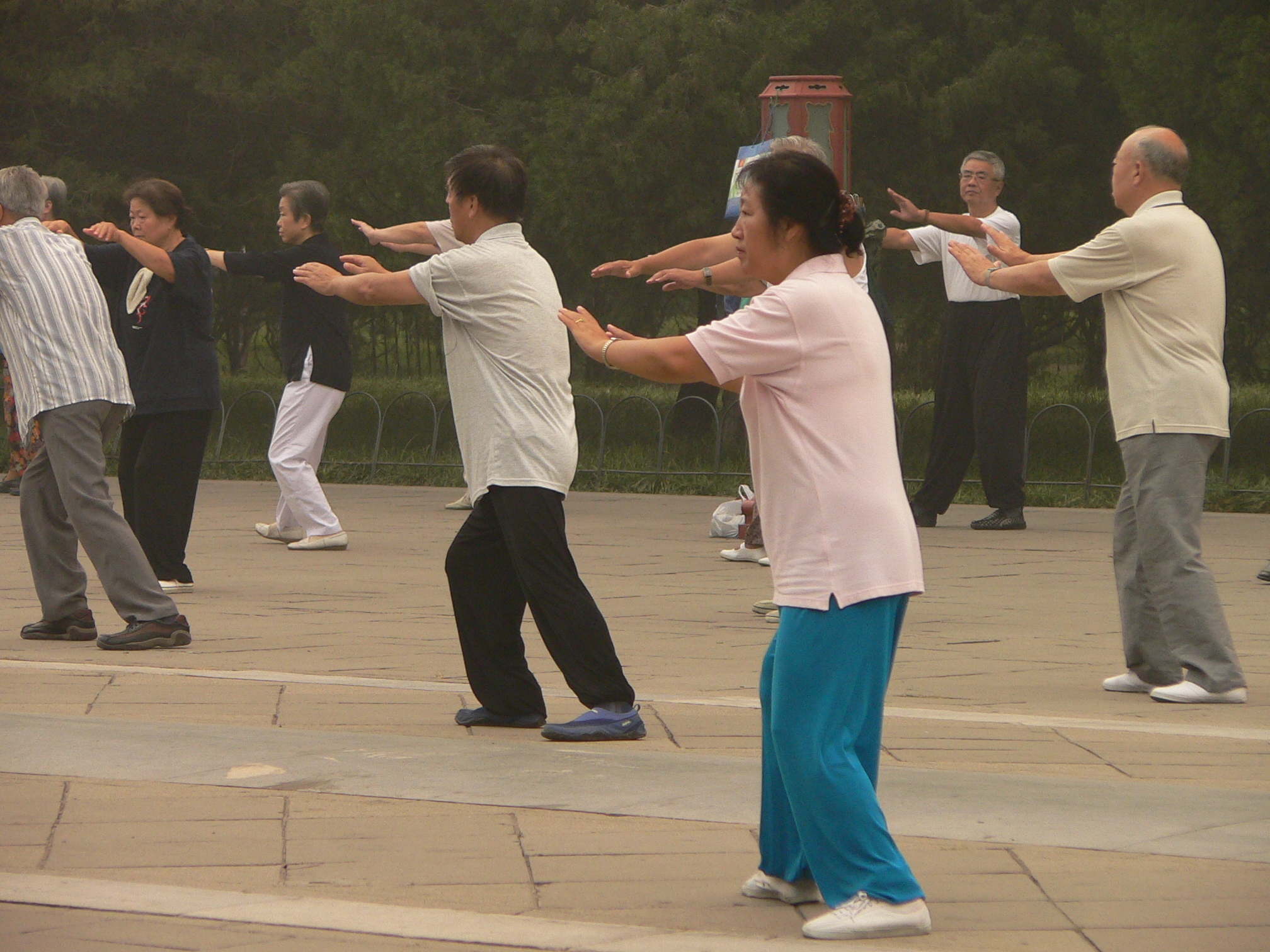Osteoarthritis and Exercise
How Exercise Helps Osteoarthritis Sufferers
When you’re experiencing osteoarthritis pain, you may fear that exercise will only make things worse. But in reality, exercise can help relieve symptoms in a number of ways.
Moving increases blood flow and brings oxygen and nutrients to the cartilage in your joints. This in turn can help joints work better and last longer.
Exercise helps you feel better. It can ease osteoarthritis symptoms like pain, stiffness, and fatigue. It improves sleep, helps blood circulation, and provides additional energy. As you start to feel better physically, it can even help relieve depression.
In fact, exercise is considered the most effective non-drug treatment for osteoarthritis.
Here, then, are some exercises that are particularly beneficial for osteoarthritis sufferers. Just remember to check with your doctor before beginning this or any exercise program.
Osteoarthritis Exercise #1: Aerobic
Aerobic exercise burns calories and helps you lose weight or maintain a healthy weight, something that benefits osteoarthritis sufferers by reducing the stress on their joints. It also strengthens your heart and improves the functioning of your lungs.
Those who haven’t been exercising previous should begin with low-impact activities as these produce less stress on the joints. Some good choices to help with osteoarthritis of the hip and knee include walking, biking, swimming, cross-country skiing, and elliptical training.
To avoid discomfort and injury, don’t try to do too much at first. Begin with 10 minutes and then, after several days have passed, increase the time incrementally. Your goal is to work up to 30 minutes 5 times every week.
Osteoarthritis Exercise #2: Strengthening
The stronger your muscles are, the more they support your joints. This eases pain, combats further deterioration, and makes many life tasks easier.
There are many choices for strengthening your body. Resistance bands and light weights are options, as are tai chi and yoga classes. The latter can improve balance as well. The best classes are those intended for arthritis sufferers.

But it isn’t necessary to take a class or even visit a gym. Here are some exercises you can do at home.
Sit in a chair, slowly stand, and then sit again, all without the use of your hands. You should keep your feet at shoulder width and your knees over your feet. If you require help, use the armrests when sitting back down. Do reps for 30 seconds.
Stand with your back against the wall. Your head should be touching as well, and your feet should be at shoulder width. Squat until your legs are bent at a 30-degree angle. Press back as you stand up straight again. Do this 10 times.
Stand beside a stable object like a table and put one hand on it for support. Lift one leg and stand that way for 10 seconds or as long as you can manage. As you grow stronger, you can use a single finger or dispense with support entirely. Repeat raising the other leg.
Osteoarthritis Exercise #3: Range-of-Motion
These exercises can ease stiffness and restore flexibility to help you move more easily. It’s best to start doing them a few times a week and work up to doing them daily.
Hip Exercises
As you perform this exercise, you may find you need to put your hand against a wall or hold onto a chair for support. If you do, that’s okay. Put one foot ahead of the other so your feet are hip-distance apart. Bend your back leg a little and slowly bend the front knee. Don’t let it go past your toes, and keep your torso upright. Hold for 5 to 20 seconds and do 10 reps.
Lying on your back, either have your legs bent with your feet flat on the floor or your legs out straight. Lift one knee into your hands, pull the knee to your chest, and hold for 1 to 5 seconds. Do 3 reps and then do the other leg.
Knee Exercises
Sitting in a chair, slowly extend one leg until it’s parallel to the floor or until you’ve extended it as much as you can. Hold it for 1 or 2 seconds, then put your foot back on the floor. Switch sides Do 10 reps.
Sitting on the edge of a chair (one that’s stable and won’t tip), lift one knee and take your shin in your hands. Pull your shin to your thigh. Hold for 1 or 2 seconds, then put your foot back on the floor. Switch sides. Do 10 reps.
Are There Forms of Exercise Osteoarthritis Sufferers Should Avoid?
Once upon a time, doctors advised osteoarthritis suffers to avoid high-impact exercise. Recent research, however, suggests that for people with mild or moderate osteoarthritis, the impact may actually promote cartilage repair.
Still, even such patients should build up their endurance and strength first. This safeguards against injury. Having done so, gradually add higher-impact activity.
People with severe osteoarthritis may find their options more limited. They should absolutely check with their doctors before undertaking activities like running, basketball, tennis, other sports that require changing direction quickly, step aerobics, and anything that involves jumping.